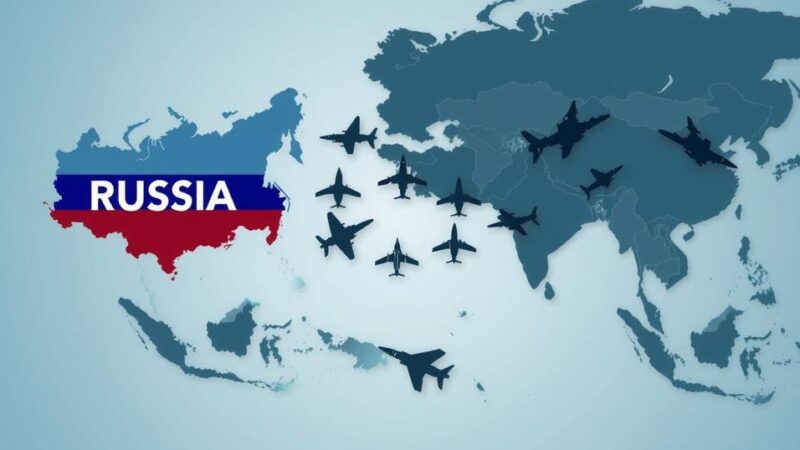India and China are finalizing military disengagement along the LAC today, a critical move to improve bilateral relations following the Galwan clash in 2020. This process will initiate patrolling in certain areas once completed, with disengagement specifically taking place at Demchok and Depsang Plains. External Affairs Minister S. Jaishankar noted this is the first step in reducing tensions, highlighting the necessity of trust and further negotiations.
India and China are set to complete their military disengagement process along the Line of Actual Control (LAC) today, marking a significant milestone in the bilateral relations between the two nations. This disengagement is part of an agreement aimed at alleviating tensions that have persisted since the 2020 Galwan clash, which resulted in substantial casualties on both sides. As reported by ANI, the disengagement is expected to conclude by October 28-29, with patrolling in certain regions of the LAC commencing post-disengagement and removal of temporary structures. The disengagement will proceed at two primary friction points located in eastern Ladakh: Demchok and Depsang Plains. An official from the Indian Army has indicated that the current agreements will specifically apply to these two areas and not to others, with troops withdrawing to their pre-April 2020 positions and resuming patrols in regions they operated prior to that date. Although the process of military withdrawal is underway, the specifics regarding a formal acknowledgment of this milestone remain unclear, given the ongoing complexities and unresolved issues in these zones. External Affairs Minister S. Jaishankar emphasized that this disengagement is merely the initial phase of the larger process aimed at reducing tensions, stating that restoring trust between both nations will take considerable time. He remarked on the deteriorated situation at the border, which has negatively affected the broader relationship between India and China. Minister Jaishankar identified three critical areas needing resolution: the immediate need for disengagement, subsequent de-escalation, and a comprehensive approach to managing the border and negotiating a boundary settlement.
The India-China border dispute has been a significant source of tension since the mid-20th century, particularly in the region of Ladakh. The Galwan clash in June 2020 marked a peak in hostilities, resulting in fatalities and leading to high military mobilization on both sides. The recent agreement for military disengagement comes after prolonged dialogues aimed at resolving ongoing tensions. This step is viewed as a necessary precursor to further diplomatic engagement and conflict resolution, as both nations seek stability in their bilateral relations.
The completion of military disengagement along the LAC represents a pivotal moment in India-China relations, signaling a potential thaw in a historically fraught diplomatic landscape. While this disengagement is a step towards easing immediate tensions, as outlined by Minister Jaishankar, it is only the beginning of a more extensive dialogue aimed at trust-building and lasting peace. The future will depend on the management of existing friction points and the ongoing commitment of both nations to foster dialogue.
Original Source: www.hindustantimes.com






